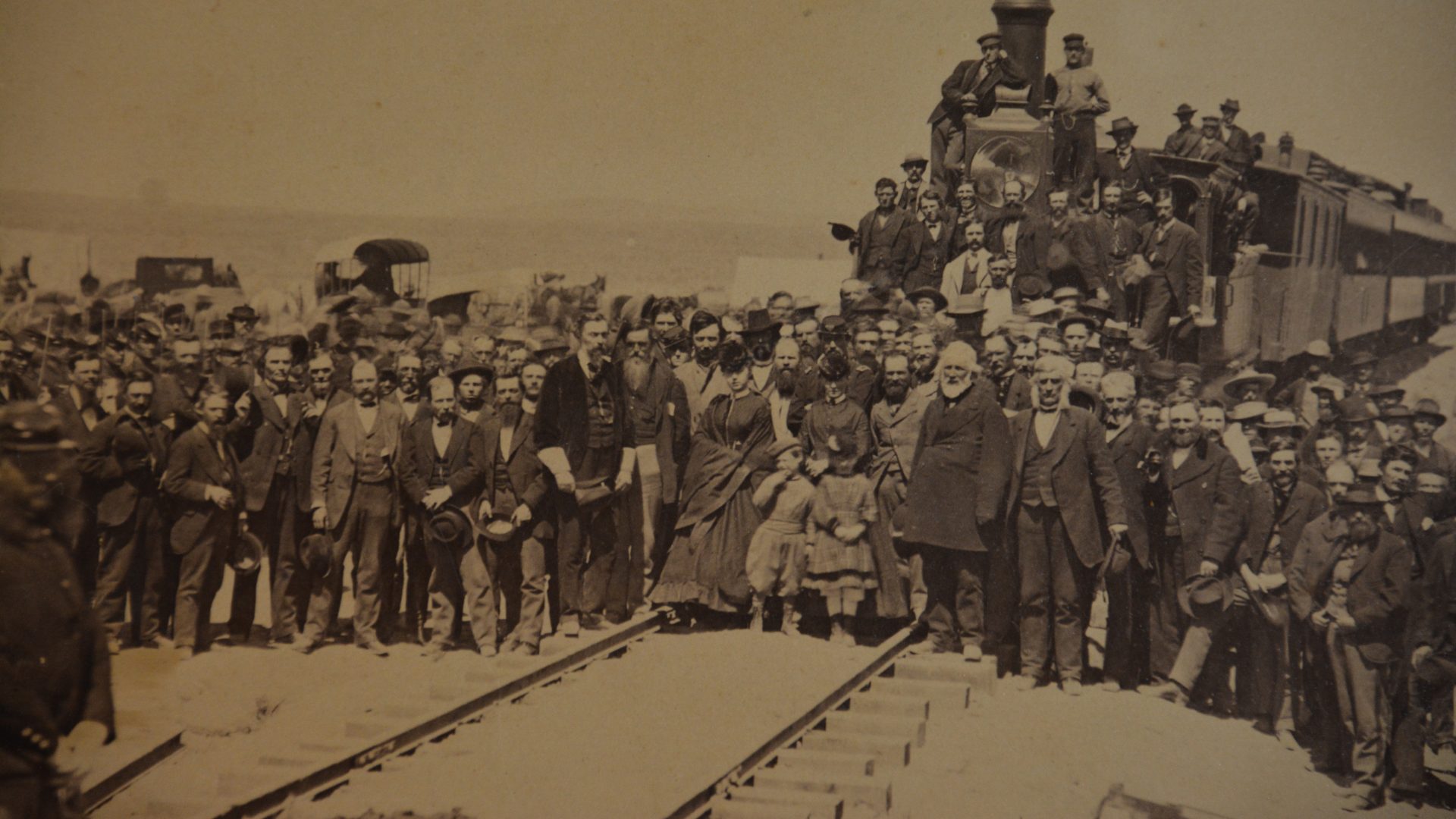The stunning Colorado River Canyon and the outlining expanse of ground were captured in this image struck by Timothy O’Sullivan in 1873. Belonging to the Wheeler Geological Expedition, O’Sullivan and his team of photographers helped document the vastness of the American West for the American government and general population. By examining geological formation such as river valleys, canyons, rock outcroppings, forests, and large prairies, O’Sullivan’s images helped construct the American West as this land for the taking, furthering the Manifest Destiny ideology that had run rampant in the country beforehand. As with this image of the Colorado River and its massive canyons it had carved out over time, the image of an untamed and exposed world lay abundant in the western territories. For Americans viewing these images in postcards, newspapers, books, and stereograph formats the enlightenment and enchantment worked hand in hand for an individual who sought economic and social advancement. While the significance of this image shows remarkably little for the unimaginative mind, hopeful Americans in the 1870s and 1880s used these as a justification of a westward migration similar to their forefathers in the not so distant past. As time progressed, images like this of the Colorado River Canyon helped Americans reflect upon the past and the once expansive west as it were. Many of these locations like the one above became developed or turned into National or State Parks in the hopes of preserving their beauty for generations to come.
